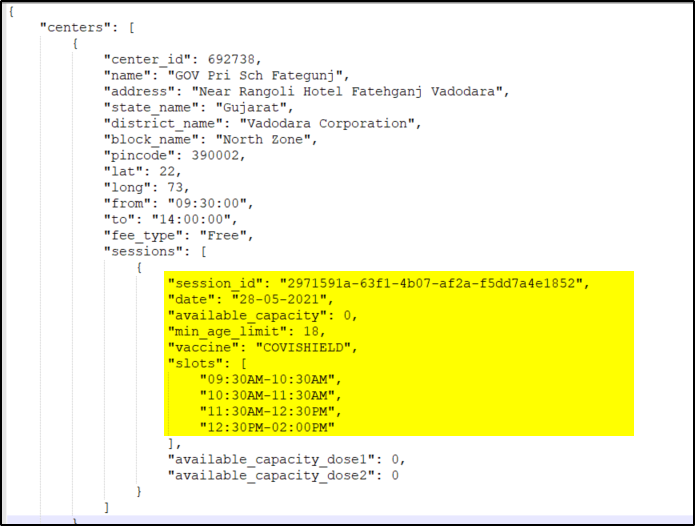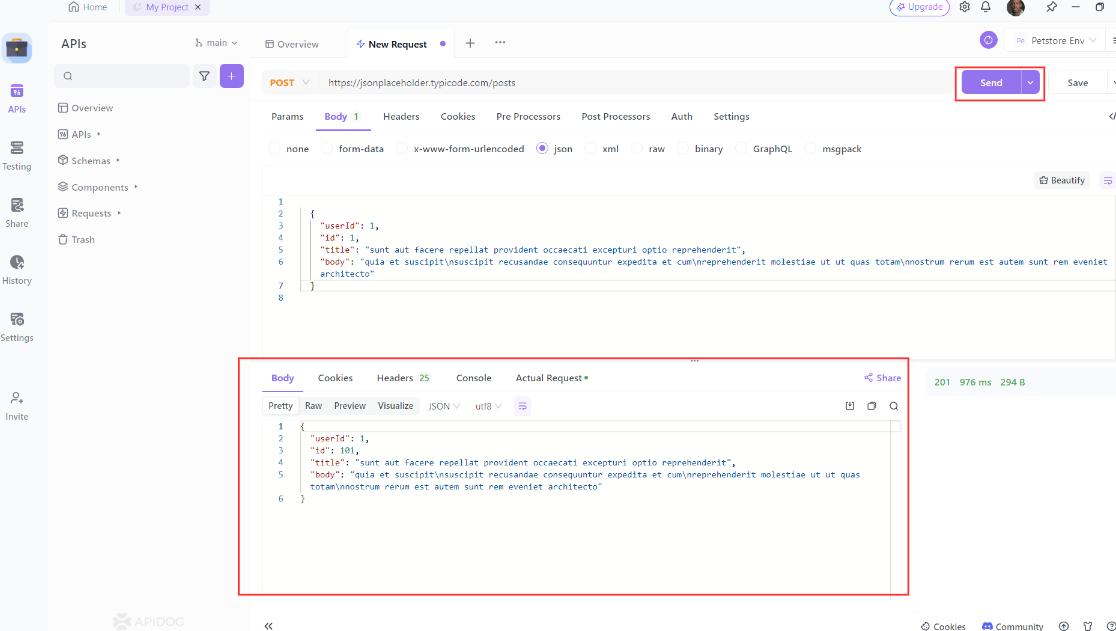How to parse json response from API in Python?
How to parse json response from API in Python?

Parsing JSON responses from APIs is a common task when working with web services in Python. Here's how you can do it:

What is JSON?
Before we dive into the parsing part, let's quickly go over what JSON (JavaScript Object Notation) is. JSON is a lightweight data interchange format that is language-independent, easy to read and write, and self-descriptive. It's commonly used for exchanging data between web servers, web applications, and mobile apps.
Using the json module
Python has a built-in module called json (short for JavaScript Object Notation) that can help you parse JSON responses from APIs. Here are some basic ways to use it:
When you receive a JSON response from an API, it's typically in the form of a string. You can use the json.loads() function to convert this string into a Python dictionary (or list).
import json
Get the JSON response as a string
response = '{"name": "John", "age": 30}'
Parse the JSON string
data = json.loads(response)
print(data) # Output: {'name': 'John', 'age': 30}
You can also use json.load() to parse a JSON file:
import json
Open the JSON file
with open('example.json') as f:
data = json.load(f)
print(data) # Output: {'name': 'John', 'age': 30}
If you have a Python object (like a dictionary or list), and you want to convert it into a JSON string, you can use json.dumps():
import json
data = {'name': 'John', 'age': 30}
Convert the Python object to JSON
response = json.dumps(data)
print(response) # Output: '{"name": "John", "age": 30}'
Error Handling
When you're parsing a JSON response, it's always a good idea to handle potential errors. For example, if the API returns an error message that can't be parsed as JSON, your script might crash.
Here's how you can catch these errors:
import json
try:
data = json.loads(response)
except ValueError:
print("Error parsing JSON response")
print(data) # Only prints something if the JSON is valid
Best Practices
When working with JSON responses from APIs, it's a good idea to follow some best practices:
Validate your JSON: Always check that you're receiving a valid JSON response before trying to parse it. Handle errors: Be prepared for potential errors when parsing JSON, and handle them gracefully in your script. Use try-except blocks: When working with APIs, it's common to encounter unexpected errors. Use try-except blocks to catch these errors and continue processing.By following these best practices, you'll be better equipped to handle any JSON response from an API and make the most of Python's json module!
How to send json data to API in Python?

I'd be happy to help you with that!
Sending JSON data to an API in Python is a relatively straightforward process. Here are the general steps you can follow:
Step 1: Install required libraries
You'll need to install two libraries: requests and json. You can do this using pip:
pip install requests json
Step 2: Prepare your JSON data
Create a Python dictionary that represents the data you want to send in JSON format. For example:
data = {
"name": "John Doe",
"age": 30,
" occupation": "Software Engineer"
}
Step 3: Convert Python dictionary to JSON string
Use the json library to convert your Python dictionary to a JSON string:
import json
json_data = json.dumps(data)
print(json_data) # Output: {"name":"John Doe","age":30,"occupation":"Software Engineer"}
Step 4: Send JSON data to API using requests
Use the requests library to send a POST request with your JSON data:
import requests
api_url = "https://example.com/api/endpoint"
headers = {"Content-Type": "application/json"}
response = requests.post(api_url, headers=headers, json=json_data)
print(response.status_code) # Output: 200 (or other status code)
In this example, we're sending a POST request to the specified API endpoint. The json parameter is used to pass the JSON data in the request body.
Step 5: Handle the response
Once you've sent your JSON data, you can handle the response from the API:
if response.status_code == 200:
print("API responded successfully!")
else:
print(f"Error {response.status_code}: {response.reason}")
In this example, we're checking if the response status code is 200 (OK). If it is, we print a success message. Otherwise, we print an error message with the status code and reason.
Full code example
Here's the full code example:
import requests
import json
data = {
"name": "John Doe",
"age": 30,
"occupation": "Software Engineer"
}
json_data = json.dumps(data)
api_url = "https://example.com/api/endpoint"
headers = {"Content-Type": "application/json"}
response = requests.post(api_url, headers=headers, json=json_data)
if response.status_code == 200:
print("API responded successfully!")
else:
print(f"Error {response.status_code}: {response.reason}")
This code sends the JSON data to the API endpoint and handles the response. You can modify this code to suit your specific needs.
That's it! Sending JSON data to an API in Python is a relatively straightforward process using the requests and json libraries.





























